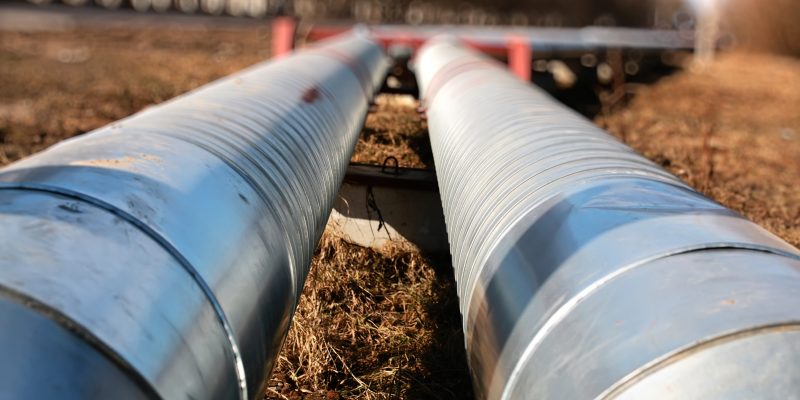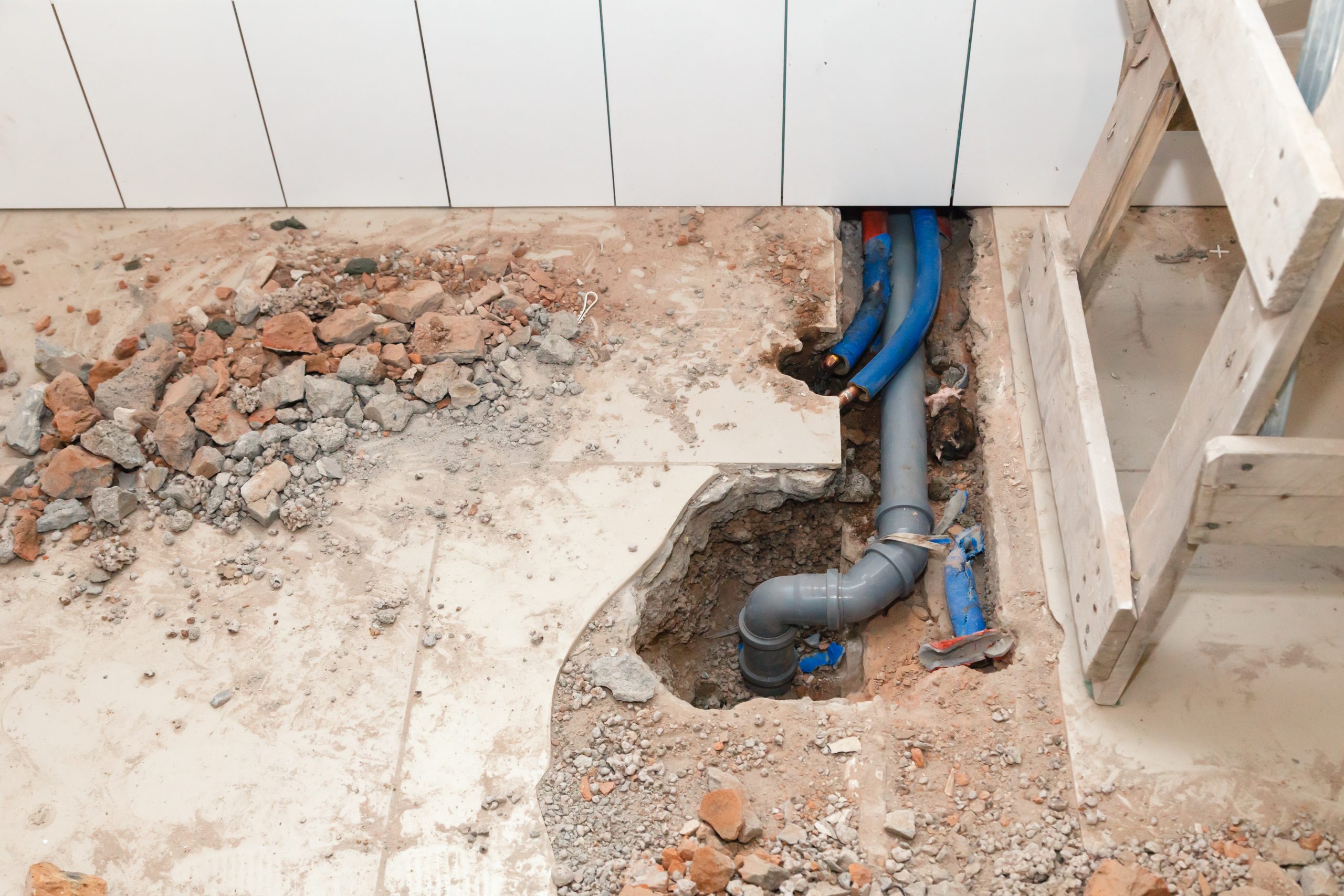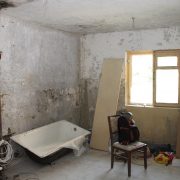Many houses built have legacy lateral lines. Homeowners can expect issues arising from these pipes because of aging and environmental factors, leading to structural damage and blockage. Instead of opting-in traditional pipe replacement, a more modern and less extensive trenchless rehabilitation method can be used to repair existing pipelines, cured-in-place pipe (CIPP).
In this article, you’ll learn how to install a CIPP pipe replacement system for legacy lateral lines.
What Is CIPP Replacement?
This method of rehabilitating sewer pipes is trenchless, it means that you won’t use any new replacement pipe and leave the existing pipe instead. The installer introduces a new resin material to create an untarnished surface inside the old pipe.
Advantages
What are the advantages of CIPP replacement? This pipe lining solution is highly preferred nowadays because of the following benefits:
- No extensive and deep excavation required
- Fast project completion
- Create an untarnished look, durable sewer pipe
- Save time, effort, and money
Installation Techniques
CIPP replacement installers employ different methods in legacy lateral pipe rehabilitation. The two installation techniques of CIPP replacement include the following:
- Pull Through Or Bladder Technique
This CIPP installation technique requires two access points for each pipe section needing lining. High-pressure water jet cleans the pipe and blasting helps remove rust, waste build-up, and tuberculation. A resin-saturated felt pipe liner is pulled through the existing pipe and inflated to push the CIPP liner. The liner cures with the bladder inflated and then removed, which leaves a rigid lining inside the existing pipe.
- Inversion
The existing pipe also needs proper cleaning and preparation. After which, the CIPP liner is “rolled in” through the existing pipe. Water or air forces the saturated liner to unroll or invert inside the old pipe. In addition, each pipe section is air-inflated while the liner cures.
Regardless of the CIPP solutions for lateral rehab that you’re planning to use, it pays off consulting an expert to ensure proper installation and curing.
General Steps In Replacing Existing Pipe
How does the CIPP replacement process work? You need to insert a flexible liner inside the existing pipe and inflate the liner to expose it to ultraviolet light or heat. This process will dry and harden the pipe liner, forming a smooth surface and restoring its optimal function.
Here are the general steps when replacing an existing sewer pipe:
- Remove the roots surrounding the existing pipe. Next, make sure to flush debris from the legacy lateral pipe.
- Create a bypass system to re-route wastewater to other pipes during the CIPP pipe replacement process.
- Run a sewer vacuum to eliminate water and debris during the pipe lining process.
- Insert the liner into the pipe from the surface via a manhole.
- Expose the CIPP liner to ultraviolet light of heat. This step will cure the liner inside the pipe to harden it.
- Open and reinstate the sewer service lateral connections and remove any bypass system.
- Perform quality control assessment.
Tips When Installing CIPP Replacement
Below are some helpful tips when installing CIPP replacement to improve your plumbing system:
- Control Odor
You may smell chemicals like glue or plastic during the process. But this smell diminishes after the pipelining. Reduce the chemical odour by venting it via the sewer line. Homeowners should fill the plumbing traps with water to control odour too.
- Install A Temperature Scanner
Install a leak detection system to preserve the lifespan of your plumbing system. Leak scanners can monitor the temperature during liner installation to help ensure a 360° or complete curing throughout the length of the CIPP pipe.
The optical fibre cable of the scanner runs along the host pipe, activating it upon the inflation of the CIPP liner and the start of the curing process. The software captures the thermal temperature, providing highly localized and accurate temperature data to ensure proper curing.
- Consult An Expert
When it comes to home improvement, there are things that should be left to professional hands, and one of these is CIPP pipe replacement. Due to the complexity of the equipment and techniques involved in CIPP pipe replacement, consulting an expert is crucial to ensure success.
Conclusion
With the modern CIPP pipe replacement system, there’s no need to perform wide ground excavation. It means that homeowners can go back to their usual routine sooner than traditional pipe replacement because of this advanced plumbing technology. Indeed, a CIPP replacement process promotes a leak-free, fully-rehabilitated pipe that you can use for many years to come. Hiring a professional to do this is really worth the money.





















